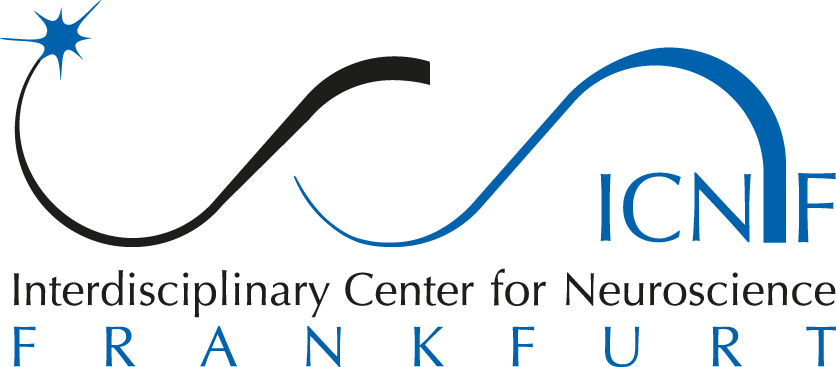
Dr. Rosanne L. Rademaker
Ernst Strüngmann Institute for Neuroscience
Deutschordenstraße 46
60528 Frankfurt am Main
Deutschordenstraße 46
60528 Frankfurt am Main
Germany
+49 (0)69 96769-390
E-Mail:rosanne.rademaker@gmail.com
Scientific Focus
In general, I want to know how the interplay between sensation and cognition give rise to the rich experience that is human perception. Specifically, in my lab we investigate how images can be briefly held in mind in a robust and flexible way, and used to achieve behavioural goals. For example, when you’re actively looking at your surroundings while simultaneously holding an image in mind – how can your brain best represent both percept and memory?
Methods
We study the human brain using neuroimaging methods (primarily fMRI & M/EEG) and use psychophysics to measure human behavior. Computational approaches are used to answer questions about cognition.
Selected Publications
Chunharas, C., Hettwer, M.D., Wolff, M.J., & Rademaker, R.L. (2023, bioRxiv). A gradual transition from veridical to categorical representations along the visual hierarchy during working memory, but not perception.
Henderson, M.M., Rademaker, R.L., & Serences, J.T. (2022). Flexible utilization of spatial- and motor-based codes for the storage of visuo-spatial information. eLife, 11, e75688.
Iamshchinina, P., Christophel, T.B., Gayet, S., & Rademaker, R.L. (2021). Essential considerations for exploring visual working memory storage in the human brain. Visual Cognition, 29(7), 425–436.
Rademaker, R.L., Chunharas, C. & Serences, J.T. (2019). Coexisting representations of sensory and mnemonic information in human visual cortex. Nature Neuroscience, 22: 1336–1344.
Rademaker, R.L., Park, Y., Sack, A.T., & Tong, F. (2018). Evidence of gradual loss of precision for simple features and complex objects in visual working memory. Journal of Experimental Psychology: Human Perception and Performance, 44(6): 925–940.
